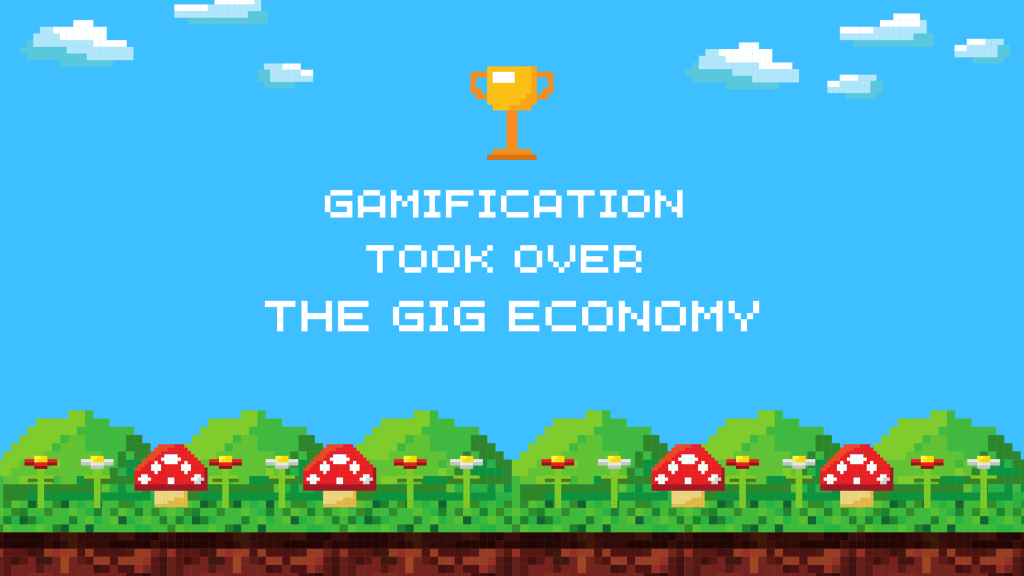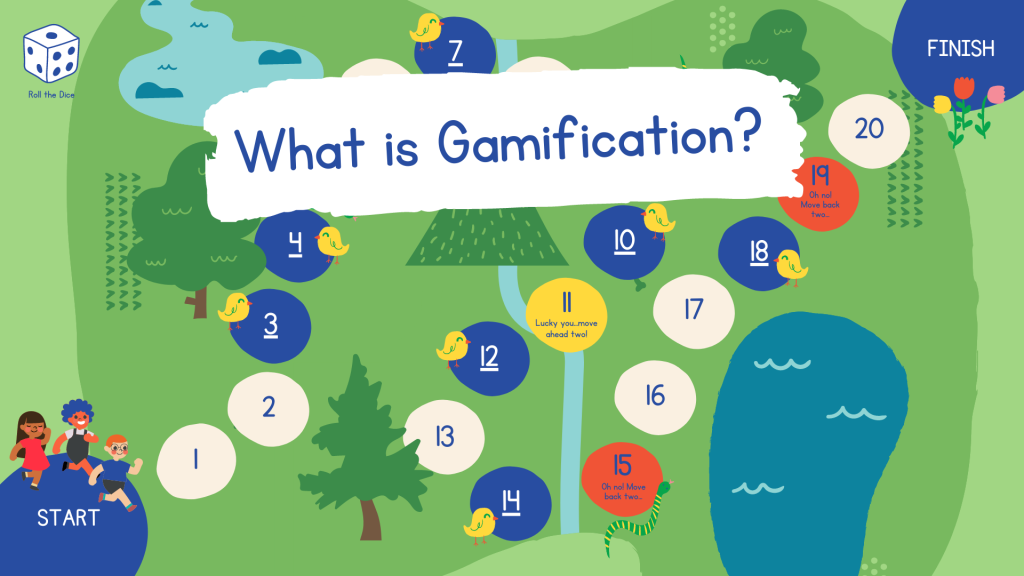Gamification Took Over the Gig Economy

Table of Contents
What is gamification?
Gamification is the process of applying video game elements to non-gaming environments to make them more engaging and motivating. This can include adding rewards, points, and badges to tasks or creating game-like experiences that encourage people to participate and compete.
What is the gig economy?
The gig economy refers to a labor market in which temporary or freelance jobs are the norm, rather than traditional full-time employment. It’s often associated with the rise of technology and digital platforms that connect workers with short-term job opportunities, such as Uber or Airbnb.
The rise of the gig economy has given birth to a new type of worker – the independent contractor. These workers often provide services through various online platforms and are usually paid per task or project. While gig workers enjoy the freedom and flexibility that comes with their job, they often face challenges such as inconsistent income and lack of benefits.
Challenges that come with the rise of gig work
The rise of the gig economy has brought about some challenges, including:
- Lack of job security and benefits
- Unequal pay and discrimination
- Difficulty accessing resources and support
- Limited career advancement opportunities
Why is gamification so popular in the gig economy?
Gamification has become increasingly popular in the gig economy because it addresses many of the challenges that come with gig work. By incorporating game-like elements into tasks, it can provide a sense of purpose and accomplishment for workers who may feel disconnected from their jobs. Additionally, it can provide a platform for workers to connect and collaborate with one another, creating a sense of community.
A real-life example of gamification in the gig economy can be seen with Lyft, a ride-hailing platform. Lyft created a system where drivers earn badges for good performance, such as high ratings from passengers or completing a certain number of rides in a week. These badges not only provide a sense of accomplishment for drivers but also signal to passengers that they are reliable and trustworthy.
How can gamification help your business?
Gamification can help businesses in the gig economy by providing a way to engage and motivate workers while addressing some of the challenges that come with gig work.
One way small business owners can attract and retain gig workers is by incorporating gamification into their marketing strategies. By using game elements in their marketing campaigns, businesses can increase engagement and motivation among their gig workers. For example, a business could create a gamification platform where gig workers can earn points and rewards for completing tasks or achieving certain performance reviews.
Here are some ways that it can benefit your business:
- Increased productivity: By providing a sense of purpose and motivation, it can help workers stay focused and productive.
- Improved quality of work: It can encourage workers to perform at their best by rewarding good performance and providing feedback on areas for improvement.
- Increased job satisfaction: It can make work more enjoyable by providing a sense of accomplishment and creating a community of workers who feel connected to each other.
- Better customer experience: It can improve the quality of service provided by workers, leading to happier customers and more business.
Using gamification to Improve business effectivity
Gamification can improve customer service. By adding game mechanics to their customer service processes, businesses can make the experience more enjoyable for both their gig workers and customers. For example, a business could create a video game where gig workers act as customer service agents and solve problems for potential customers.
In addition, it can also help grow your business. By incorporating game elements into their product or service, businesses can increase engagement and motivate customers to make repeat purchases. For example, a business could create a video game that promotes their product or service and offers rewards for completing certain levels.
Social media is another area where gamification can be used to attract potential customers. By creating a social media campaign that incorporates game elements, businesses can increase engagement and create a buzz around their product or service. For example, a business could create a video game that is promoted on social media and offers rewards for sharing the game with friends.
Gamification has become an increasingly popular tool for business growth. By hiring a game designer or using a gamification platform, businesses can incorporate game elements into their marketing strategies and improve engagement among their gig workers and customers. Whether it’s improving customer service, attracting potential customers, or retaining gig workers, gamification has the potential to transform the way businesses operate in the real world.
In conclusion, gamification has become a game-changer in the gig economy by addressing some of the challenges that come with gig work. By incorporating game-like elements into tasks, businesses can engage and motivate workers while improving productivity, quality of work, and customer experience. If you want to learn more about gamification, check out my previous article.



